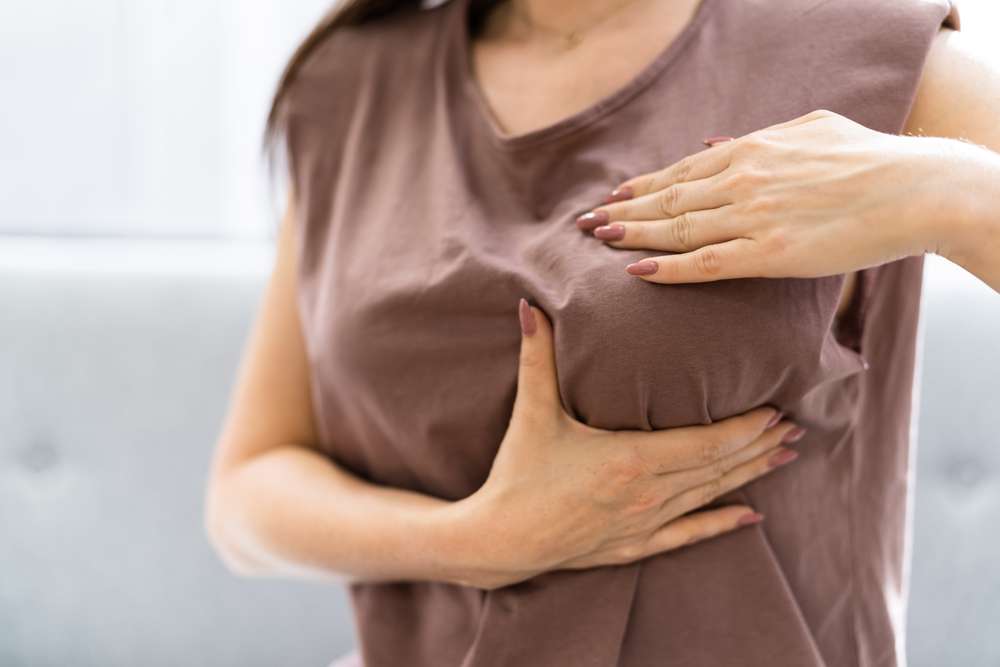Ductal Carcinoma Signs and Symptoms: What to Watch For
Ductal carcinoma represents the most common form of breast cancer, accounting for approximately 80% of all invasive breast cancer diagnoses. This type of cancer begins in the milk ducts of the breast and can either remain contained within the ducts (in situ) or spread to surrounding breast tissue (invasive). Understanding the warning signs and symptoms of ductal carcinoma can significantly impact early detection and treatment outcomes, making awareness crucial for individuals of all ages.

Early Signs of Ductal Carcinoma In Situ (DCIS)
Ductal carcinoma in situ often presents unique challenges for early detection because it frequently produces no noticeable symptoms. Many cases are discovered through routine mammography screenings rather than physical examination. However, some individuals may experience subtle changes that warrant attention. Unusual nipple discharge, particularly if it appears bloody or occurs from only one breast, can sometimes indicate DCIS presence. Additionally, some people notice small areas of thickening or subtle changes in breast tissue texture that feel different from surrounding areas.
The absence of obvious symptoms makes regular screening mammograms particularly important for detecting DCIS in its earliest stages. This non-invasive form of ductal carcinoma has not yet spread beyond the milk ducts, making it highly treatable when identified promptly.
Common Symptoms of Invasive Ductal Carcinoma and Advanced Progression
Invasive ductal carcinoma typically produces more noticeable symptoms as cancer cells spread beyond the original milk duct location. The most recognizable sign remains a new lump or mass in the breast tissue, though not all lumps indicate cancer. These masses often feel firm, irregular in shape, and may seem fixed to surrounding tissue rather than moving freely when touched.
Advanced progression may present additional concerning symptoms including persistent breast or chest pain that does not correlate with menstrual cycles, unexplained weight loss, or fatigue. Some individuals notice changes in breast size or shape that occur gradually over time. Lymph node involvement may cause swelling or tenderness in the armpit, collarbone area, or around the breastbone.
Breast Lumps and Changes in Texture
Breast lumps associated with ductal carcinoma often differ from benign lumps in several key characteristics. Cancerous lumps typically feel hard, have irregular borders, and remain stationary within the breast tissue. Unlike cysts or benign masses that may feel smooth and moveable, malignant lumps often seem anchored to surrounding tissue.
Texture changes may extend beyond obvious lumps to include areas of thickening, dimpling, or puckering of breast skin. Some individuals describe feeling like there are small pebbles or ridges beneath the skin surface. These texture variations may be subtle initially but tend to become more pronounced over time if left unaddressed.
Nipple Discharge or Retraction and Skin Changes
Nipple-related symptoms deserve immediate medical attention, particularly when they occur suddenly or affect only one breast. Discharge that appears bloody, clear, or has an unusual color or consistency may indicate ductal carcinoma, especially when it occurs spontaneously without squeezing or pressure.
Nipple retraction or inversion, when the nipple pulls inward rather than extending outward, can signal underlying changes in breast tissue structure. Skin changes around the nipple or breast may include redness, scaling, thickening, or an orange-peel texture called peau d’orange. Some individuals notice persistent itching or irritation around the nipple area that does not respond to typical skincare measures.
Pain or Tenderness and Swelling Around the Breast Area
While breast cancer often develops without significant pain, some individuals with ductal carcinoma experience localized tenderness or discomfort. This pain typically differs from normal cyclical breast tenderness associated with hormonal changes, remaining constant rather than fluctuating with menstrual cycles.
Swelling may occur in the breast itself or in nearby lymph node areas, including the armpit, above the collarbone, or near the breastbone. This swelling often feels firm and may be accompanied by a sensation of fullness or heaviness in the affected breast. Some people notice asymmetry between their breasts that develops gradually over several months.
When to Seek Medical Evaluation
Medical evaluation should be sought promptly when any new or changing breast symptoms persist for more than two weeks. Healthcare providers in your area can perform clinical breast examinations and recommend appropriate imaging studies based on individual risk factors and symptom presentation.
Particularly urgent situations include rapidly growing lumps, bloody nipple discharge, significant changes in breast size or shape, persistent skin changes, or swelling in lymph node areas. Individuals with family histories of breast or ovarian cancer should maintain regular screening schedules and report any new symptoms immediately to their healthcare providers.
Importance of Recognizing Early Warning Signs
Early detection of ductal carcinoma significantly improves treatment outcomes and survival rates. When identified in its earliest stages, particularly as DCIS, treatment success rates exceed 95%. Even invasive ductal carcinoma responds well to treatment when caught before spreading to distant organs or extensive lymph node involvement occurs.
Regular self-examinations, combined with routine mammography screening and clinical breast examinations, create a comprehensive approach to early detection. Understanding what constitutes normal breast tissue for each individual helps identify changes that may require professional evaluation. While not every symptom indicates cancer, prompt evaluation ensures appropriate diagnosis and treatment when necessary.
This article is for informational purposes only and should not be considered medical advice. Please consult a qualified healthcare professional for personalized guidance and treatment.




